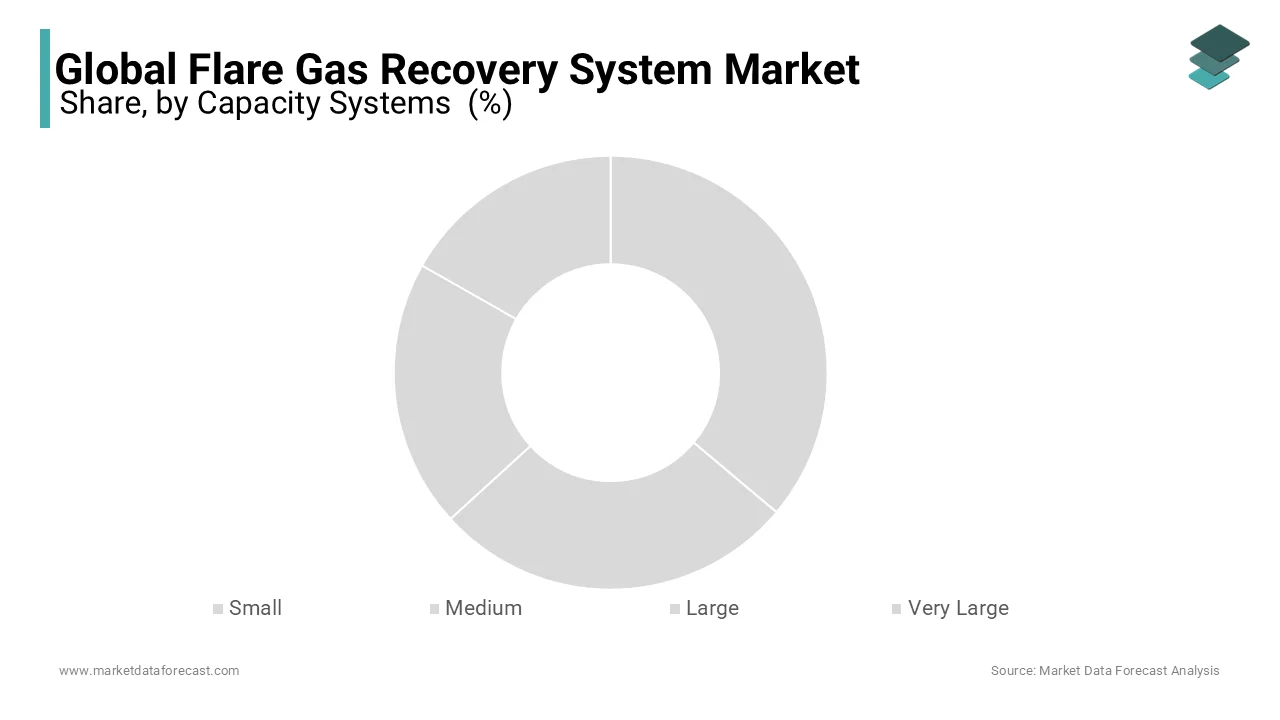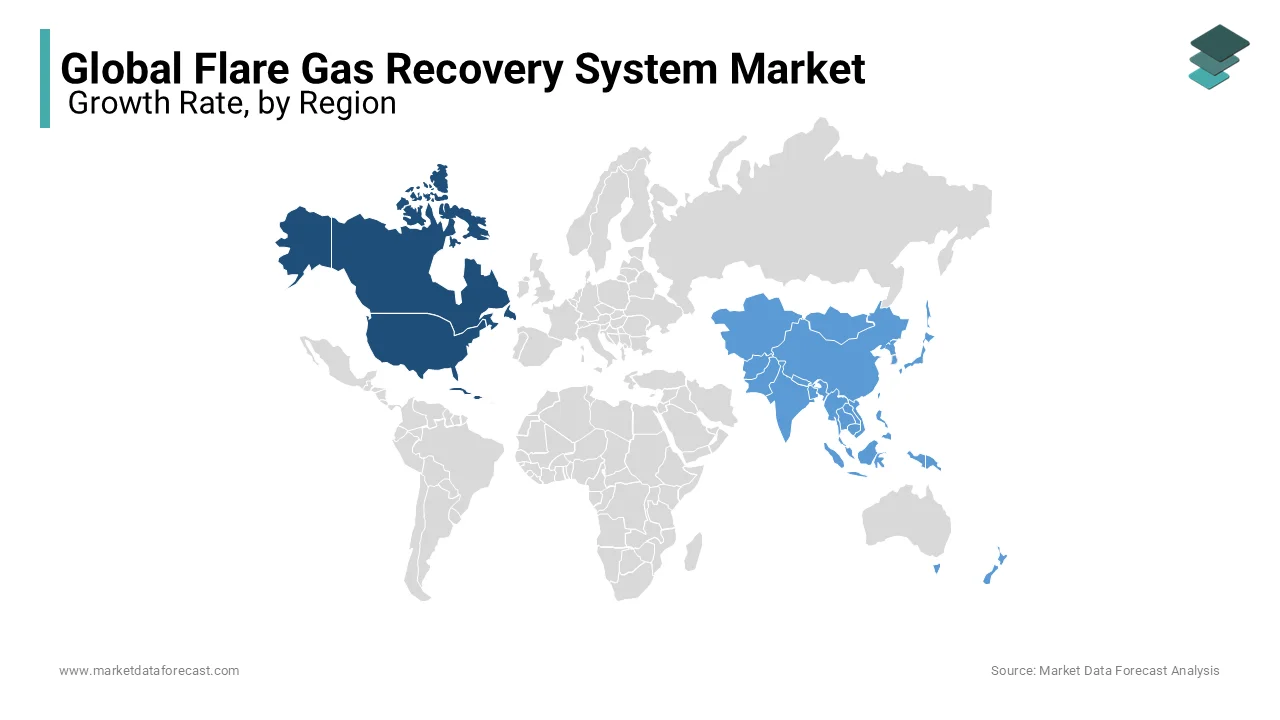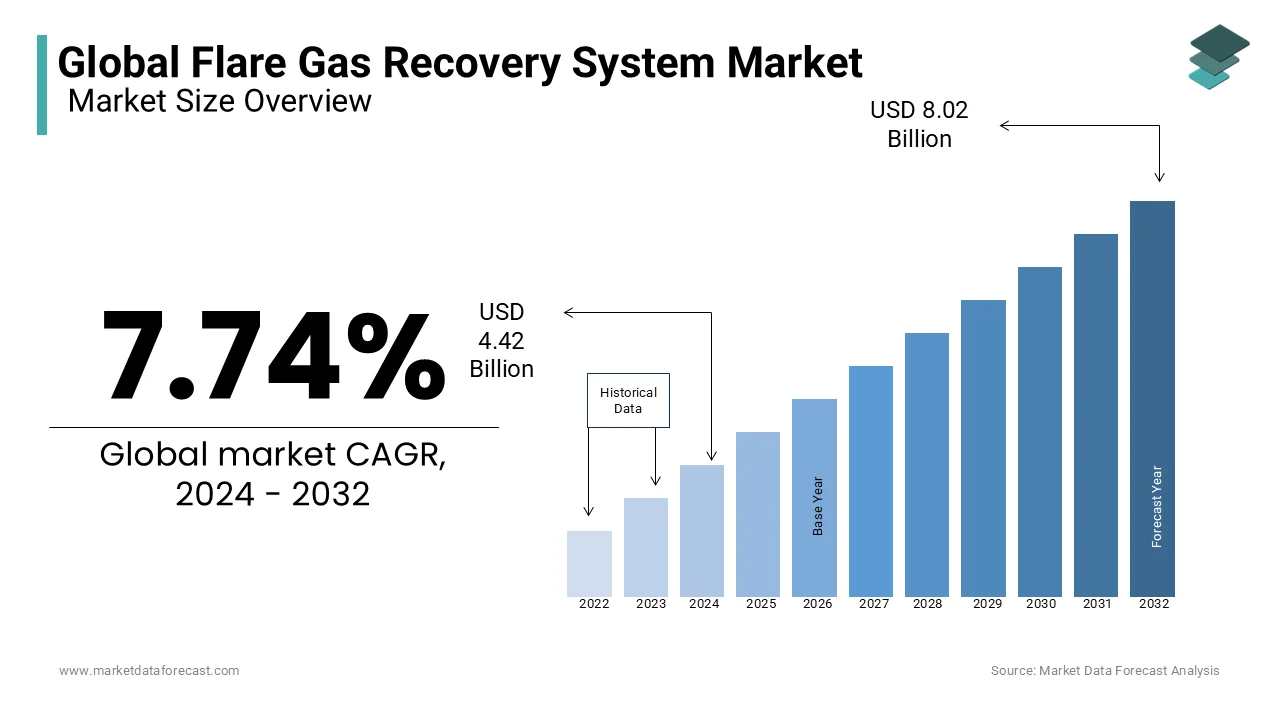Global Flare Gas Recovery System Market Size, Share, Trends and Growth Analysis Report – Segmented By Capacity Systems (Small, Medium, Large, and Very Large), Application (Upstream, Downstream and Others), & Region - Industry Forecast From 2024 to 2032
Global Flare Gas Recovery System Market Size (2024-2032):
The Global Flare Gas Recovery System Market size is estimated at USD 4.10 billion in 2023 and is projected to reach a valuation of USD 8.02 billion by 2032 from USD 4.42 billion in 2024, with a CAGR of 7.74% during the forecast period 2024-2032.
Current Scenario of the Global Flare Gas Recovery System Market
Worldwide the costs of finished products from refining operations are escalatingly dependent on the costs of process fuel. Initially, waste and excess gas from the oil and gas industry would be vented to the atmosphere by burning; However, today this process is becoming unacceptable as the industry moves towards eliminating greenhouse gas emissions into the atmosphere while saving energy. The call for equipment that can safely and economically compress waste and excess gas in the production process is escalating rapidly.
Population expansion and improved living standards, especially in developing countries, have increased the level of greenhouse gas emissions in recent years. To meet the ever-escalating call for oil and gas, large amounts of co-produced gas were burned as a by-product of the waste and large amounts of gas emerged. Flares are combustion devices designed to safely and efficiently destroy waste gases generated in a factory. It is mainly the safety devices that prevent the release of unburned gas into the atmosphere. These gases could ignite or even explode from an ignition source outside the plant. Flare gas recovery is the waste gas recovery process. When natural gases are refined, a significant amount of gas is burned for maintenance and safety reasons. Burned gas contains a large number of carbon emissions, resulting in a great loss for producers. Burned gas, also known as non-salable natural gas, is recovered for the cogeneration of energy.
MARKET TRENDS
Producers are highly using advances in power generation applications to recover flue gases. These recovered gases are injected into natural gas production wells to maintain optimal pressure within the wells. The emission of carbon into the environment is a cause for concern worldwide. With escalating awareness, companies are investing more in these flue gas recovery solutions. Today, the world faces worldwide warming as a hot topic. It is employed by increased emissions of CO2, CH4, and other greenhouse gases (GHG) in the atmosphere. Burned gas is very similar in composition to natural gas. It is a cleaner source of energy than commercial fossil fuels. Growing concerns about a shortage of oil and gas resources are predicted to heighten interest in flare gas. Additionally, power generation applications are a major factor escalating the call for flare gas recovery systems. Call for energy is escalating as the world's population of energy consumers grows. Many countries are leading the decommissioning of nuclear power plants to promote a cleaner environment, which is predicted to increase the call for the flare gas recovery system.
MARKET DRIVERS
Escalating power generation applications is a major factor driving call for flare gas recovery systems.
This is followed by growing concern and awareness about the negative environmental impact of various industrial production processes. The importance of environmental conservation activities is escalating rapidly. This should eventually spur the adoption of flare gas recovery systems. The World Bank Group EHS Guidelines announced the goal of zero flares by the end of 2025. Additionally, a large number of oil and gas companies are increasingly looking to implement Flare Gas Recovery to achieve maximum energy consumption. Developing countries should register accelerated adoption of flare gas recovery systems to meet emission targets. The market for flare gas recovery systems is growing market and is predicted to have a fairly large market in the coming years due to the solutions provided by modern technologies and their implementations.
MARKET RESTRAINTS
Lack of technology in underdeveloped economies and government regulations are predicted to restrict the expansion of the worldwide market for flare gas recovery systems.
MARKET OPPORTUNITIES
Based on the opportunity, the flare gas recovery system manufacturers market operates and supplies flare gas recovery system packages, including installation, after-sales, and after-sales service.
The rise in power generation applications has been one of the main factors fueling the call for flare gas recovery systems worldwide. Most producers re-inject flare gas into natural gas production wells to maintain optimal pressure within the wells. This will also continue to support call for years to come. Escalating concern and awareness of the negative environmental impact of various industrial production processes is another factor likely to drive the call for FGRS.
MARKET CHALLENGES
The dismal progress of the industrial sector, especially the oil and gas industry during the COVID-19 pandemic, is predicted to slow the market pace and expansion rate for a short period.
REPORT COVERAGE
|
REPORT METRIC |
DETAILS |
|
Market Size Available |
2023 to 2032 |
|
Base Year |
2023 |
|
Forecast Period |
2024 to 2032 |
|
CAGR |
7.74% |
|
Segments Covered |
By Capacity Systems, Application, and Region. |
|
Various Analyses Covered |
Global, Regional & Country Level Analysis, Segment-Level Analysis, DROC, PESTLE Analysis, Porter’s Five Forces Analysis, Competitive Landscape, Analyst Overview of Investment Opportunities |
|
Regions Covered |
North America, Europe, APAC, Latin America, Middle East & Africa |
|
Market Leaders Profiled |
John Zink Hamworthy Combustion, Gardner Denver Nash LLC, Wartsilia, Honeywell International Inc, Zeeco Inc, Movitherm, Transvac Systems Ltd, Aerzener Maschinenfabrik GmbH, and Others. |
SEGMENTAL ANALYSIS
Global Flare Gas Recovery System Market Analysis By Capacity Systems

Global Flare Gas Recovery System Market Analysis By Application
The downstream sector is predicted to contribute xx% to the worldwide market for flare gas recovery systems due to various government restrictions that require strict regulations to reduce flare gas emissions.
REGIONAL ANALYSIS

North America and Europe are predicted to remain prominent market regions during the foreseen period.
The European market is predicted to contract due to lower natural gas production and saturated market conditions compared to other regions. The worldwide market for flare gas recovery systems is predicted to grow by 3% between 2024 and 2032, thanks to the escalating number of oil and gas refineries in the world. Worldwide call for oil and gas is at an all-time high, with spectacular expansion in Asia-Pacific, the Middle East and Africa, and the Americas. In Europe, although most countries produce low flue gases in the atmosphere, some countries such as Russia and the UK are predicted to increase total flue gas emissions from the upstream sector.
The Asia-Pacific flare gas recovery systems market is predicted to grow at 15% CAGR and is predicted to be valued at $ 3 million by 2029 from developing Asia-Pacific economies. Developing countries in Asia and the Pacific are predicted to experience rapid expansion in the oil and gas industries during the foreseen period. Knowledge of innovative quality control techniques, economic expansion, and growing interest from foreign investors are factors that are driving the market for flare gas recovery systems in Asia-Pacific. In the APAC region, China dominated the market,
KEY PLAYERS IN THE GLOBAL FLARE GAS RECOVERY SYSTEM MARKET
Companies playing a prominent role in the global flare gas recovery system market include John Zink Hamworthy Combustion, Gardner Denver Nash LLC, Wartsilia, Honeywell International Inc, Zeeco Inc, Movitherm, Transvac Systems Ltd, Aerzener Maschinenfabrik GmbH, and Others.
RECENT HAPPENINGS IN THE GLOBAL FLARE GAS RECOVERY SYSTEM MARKET
- The environmental association launched a new program to reduce burning. The Environmental Association announced today the launch of its latest performance program, for employed on reducing flaring in upstream operations.
- Launch of a new flare gas project as part of SaskPower's self-production program. A new power generation project from TERIC Power Ltd. now supplies 750 kilowatts of electricity to the Saskatchewan grid as part of the SaskPower flare gas power generation program.
DETAILED SEGMENTATION OF THE GLOBAL FLARE GAS RECOVERY SYSTEM MARKET INCLUDED IN THIS REPORT
This research report on the global flare gas recovery system market has been segmented and sub-segmented based on capacity, application, and region.
By Capacity Systems
- Small
- Medium
- Large
- Very Large
By Application
- Upstream
- Downstream
- Other
By Region
- North America
- Europe
- Asia Pacific
- Latin America
- Middle East & Africa
Frequently Asked Questions
1. What is the Flare Gas Recovery System Market growth rate during the projection period?
The Global Flare Gas Recovery System Market is expected to grow at a CAGR of 7.74% between 2024 and 2032.
2. What can be the total Flare Gas Recovery System Market value?
The Global Flare Gas Recovery System Market size is expected to reach a revised size of US$ 8.02 billion by 2032.
3. Name any three Flare Gas Recovery System Market key players?
John Zink Hamworthy Combustion, Gardner Denver Nash LLC, and Wartsilia are the three Flare Gas Recovery System Market key players.
Related Reports
Access the study in MULTIPLE FORMATS
Purchase options starting from $ 2500
Didn’t find what you’re looking for?
TALK TO OUR ANALYST TEAM
Need something within your budget?
NO WORRIES! WE GOT YOU COVERED!
Call us on: +1 888 702 9696 (U.S Toll Free)
Write to us: [email protected]
